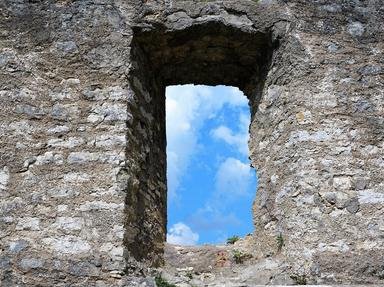Quiz Answer Key and Fun Facts
1. What is the area known as the Camargue most famous for?
2. Brown bears are being released in the Pyrenees. From where are they captured?
3. By what other name is the ragondin known by?
4. Which two varieties of snails are most commonly found in French restaurants, shops and markets?
5. In which regions of France are you most likely to see a European beaver?
6. Which frog, native to France, is named after an herb?
7. What is the French name for the bird "little bustard"?
8. What animal became extinct in France in the 1930's but has now made a comeback?
9. What cat still roams some of the mountains of France?
10. Known as "sanglier" in French, what type of creature is this?
Source: Author
fontenilles
This quiz was reviewed by FunTrivia editor
crisw before going online.
Any errors found in FunTrivia content are routinely corrected through our feedback system.


